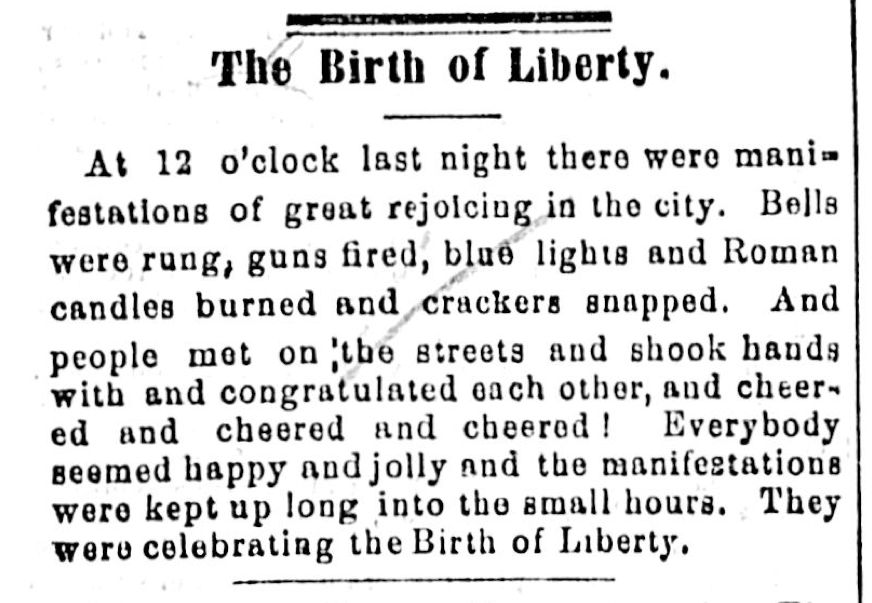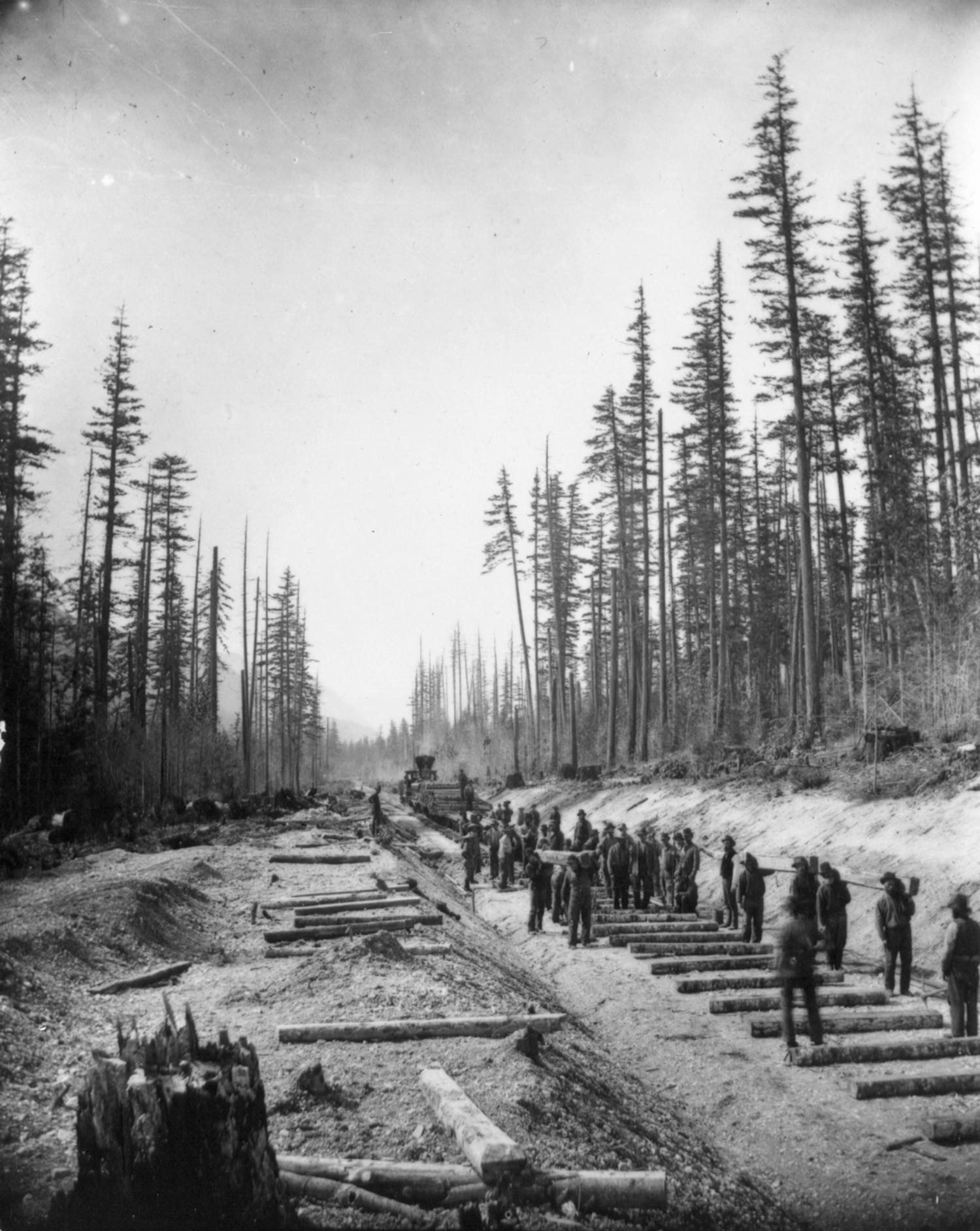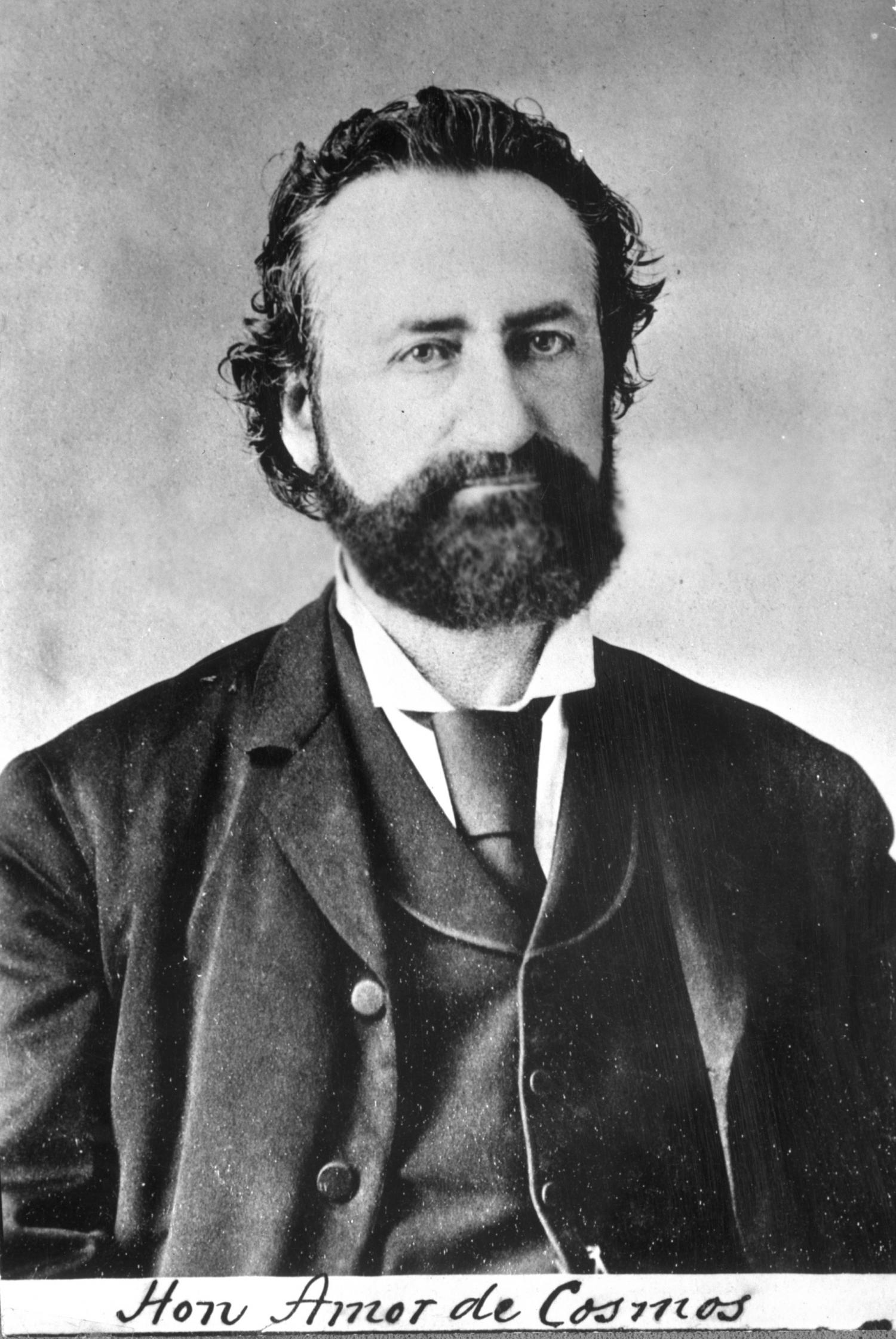B.C. Joins Canada
Following a turbulent decade, British Columbia becomes the sixth province
Date: 1871
British Columbia was at a crossroads. The gold rush of the early 1860s had come and gone. A pile of debt, thanks to the Cariboo Wagon Road, was left in its wake. And though Vancouver Island and the mainland had united in 1866, B.C.’s future as a British colony remained an open question. Amid a slumping economy, restlessness abounded. By the late 1860s, B.C.’s political class could be separated into three groups: those who advocated that B.C. remain a British colony; those who pushed for American annexation; and those who wished to see B.C. join Canada.
Frederick Seymour, the governor of colonial British Columbia from 1864 to 1869, was firmly in the former camp. The same was true of most appointed officials in the colony’s legislative council, a quasi-democratic institution made up of appointed and elected officials with little real power. They worried they’d be out of a job if B.C. joined Canada and responsible government was introduced on the West Coast. Others feared the geographical distance between B.C. and the Dominion would result in scant political influence. Some simply wanted to maintain a close connection with Britain. “True loyalty’s to the Motherland and not to Canada,” joked one pro-British official. “The love we bear is secondhand to any step-mama.”
Support for American annexation was strongest among the colony’s businessmen, interested in free trade with their southern neighbours. Though the pro-annexation group was relatively small, an American takeover certainly seemed like a possibility, as it had for years. In 1867, the American purchase of Alaska from Russia further fueled fears the U.S. might attempt to annex B.C. in order to connect its new territory with the rest of the country.
Amor de Cosmos and John Robson, newly-elected members of B.C.’s legislative council, were among the most vocal champions of Confederation, driven primarily by a desire for full-fledged responsible government, meaning a government elected by the people. In May 1868, they co-founded the Confederation League — regarded by some as B.C.’s first political party — and set off on a speaking tour to raise public support for Confederation.
In the summer of 1869, Governor Seymour, a staunch colonialist, died. Anthony Musgrave, a Confederationist and friend of Prime Minister John A. Macdonald, took his place. B.C. was one step closer to joining Canada. By promising appointed officials pensions or new jobs if B.C. joined Confederation, Musgrave quelled some opposition. Another hurdle was cleared when Canada purchased the gulf of land separating it from B.C. — now Manitoba, Saskatchewan, Alberta, and the northern territories — from the Hudson’s Bay Company. With Britain happy to give up the expensive, sparsely-populated outpost, little stood in the way of British Columbia becoming Canada’s newest province.
By April 1870, B.C.’s legislative council had drawn up terms for joining Canada. The list included a wagon road linking B.C. to the Dominion and, controversially, a demand to continue without responsible government. Negotiations began in Ottawa that June. Ultimately, Canada’s leaders surprised their counterparts with their generosity. In return for joining the Dominion, Canada would give pensions to unelected officials, take on B.C.’s overwhelming debt, provide money for public works, give the new province extra representation in parliament, and — most fundamentally — match the colony’s request for a dusty wagon road by offering to build a transcontinental railway within 10 years. Canada also said B.C. could introduce responsible government "when desired by the inhabitants of British Columbia." And, significantly, the Dominion promised to pursue an Indigenous land policy in B.C. that was no more “liberal as that hitherto pursued” by British Columbia’s colonial leaders, who had just years before shrank reserves. This clause effectively tied the hands of the federal government, who now oversaw Indigenous affairs, leaving First Nations with some of the smallest reserves in Canada.
The commitment to construct a railway — a costly and difficult project that wouldn’t start until 1878 — irked many members of parliament. But ultimately, the terms were agreed to on all sides. On July 20, 1871, British Columbia officially entered Confederation. Initially, not all that much changed for B.C. Victoria remained the centre of power, and those living elsewhere continued to be largely shut out of the province’s affairs. Most notably, Indigenous peoples had no say in B.C.’s decision to join Canada, a development that would permanently upend their lives in the decades to come.
Sources:
1. Barman, Jean. The West beyond the West: a History of British Columbia. University of Toronto Press, 2007.
2. British Columbia (1871). Library and Archives Canada, www.bac-lac.gc.ca/eng/discover/politics-government/canadian-confederation/Pages/british-columbia-1871.aspx.
3. “British Columbia Joins Confederation.” A Country By Consent, West/Dunn Productions, 2011, www.canadahistoryproject.ca/1871/.
4. Confederation Complete. The Daily British Colonist and Victoria Chronicle, 20 July 1871, archive.org/stream/dailycolonist18710720uvic/18710720#page/n2/mode/1up.
5. History: Discover Your Legislature. Legislative Assembly of British Columbia, www.leg.bc.ca/content/legacy/Web/37th5th/_media/flash/History.pdf.
6. Mackie, John. Canada 150: Sir John A. Macdonald, the First Prime Minister from B.C. The Vancouver Sun, 1 July 2017, vancouversun.com/news/local-news/canada-150/canada-150-sir-john-a-macdonald-the-first-prime-minister-from-b-c.
7. Nicholson, Norman L. Historical Boundaries of Canada. The Canadian Encyclopedia, 7 Feb. 2006, www.thecanadianencyclopedia.ca/en/article/territorial-evolution.
8. Roy, Patricia, and John Herd Thompson. British Columbia: Land of Promises. Langara College, 2006.
9. Tattrie, John. Northwest Territories and Confederation. The Canadian Encyclopedia, 19 Dec. 2014, www.thecanadianencyclopedia.ca/en/article/northwest-territories-and-confederation#:~:text=%E2%80%8BThe%20Northwest%20Territories%20.





